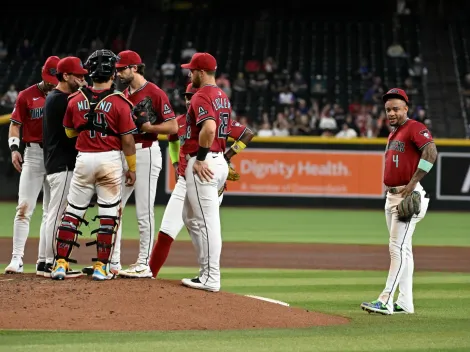Boxing is a sport where appreciation is very important. Formerly this notion of appreciation did not exist since the fighters fought until the Knock-out, with which there could be fights that lasted hours and in the end one of them would have to fall or surrender (the longest recorded fight is between the Americans Andy Bowen and Jack Burke on April 6, 1893, a fight that lasted 110 rounds).
One of the ways in which the fight can end is precisely by KO (which we will explain later) but several years ago the rule of fighting until the KO was eliminated, with which after the agreed rounds are over, there must be a decision if is that neither opponent was able to knock out the other.
This is where the role of the judges comes in, who are the ones who decide which of the fighters won the match (or if there was a tie, all of which we will explain later). As boxing is a matter of appreciation, it is not strange and it happens all the time that a judge sees one of the fighters as the winner by greater or lesser difference, or that they see different fighters as winners, what is done in each case? Here we will explain it.
Types of victories that are not by decision
Here we will explain the rule of the KO, which seems simple since many believe that it is only when one of the fighters cannot get up. There is much more than that. In the first place, it is necessary to distinguish between KO and TKO. The first corresponds to the types of KO in which the fighter simply cannot continue, while the second is when someone stops the fight.
Let’s start with the KO. It is worth clarifying that many of these rules have slight variations depending on who controls the bout, but in general they are the ones that will be explained below. The most common and recognized is the one in which a boxer receives a blow and is unable to get up after 10 seconds of the protection count. Another is the rule of three falls (a rule that is usually dispensed with): if in the same round a fighter has three Knock-downs (falls), it does not matter if he gets up, the fight is over.
Now we go to TKO. It happens when someone stops the fight. Who can do it? Several people: firstly, the referee if he considers that the fighter cannot continue regardless of whether he is standing or not; the doctor, if he believes the fighter’s health is at risk; the corner, if they feel that their fighter is receiving unnecessary punishment; or the fighter himself if he does not feel fit to continue.
Victories by way of decision
To understand these decisions, we must first understand how a boxing card is made. There are three judges, each of which has a sheet where they write down the scores. They are based on number of clear hits (hitting body or head, not guard), combat prowess, and ability to pick the winner. The cards are made round by round, so each of them can have a different winner. The winner receives 10 points, and the loser 9. If there is a knock-down, the result will be 10-8 for the fighter who did not fall; and if there are 2 falls, 10-7.
There are a couple of ideas that we should know: what happens if one fighter goes down twice, and the other one? In that case, the 10-7 that should have been the one who fell twice will become a 10-8. If they both fell twice, the winner could simply end up with a score of 10-9 as the two falls would cancel each other out. In any case, the fact that a fighter falls does not force the judge to put it 10-8, not even to give the winner to the fighter who knocked out.
Now let’s see the types of decisions we could have from a fight:
Unanimous decision: all three judges see the same fighter as the winner.
Majority decision: two judges see the same fighter as the winner, and the third sees a tie.
Split decision: Two judges see one fighter as the winner, and the third judge sees the other as the winner.
Tie: can occur in two ways. The first is that the three judges see a tie, and the second is that two judges see different fighters as winners, and the third sees a tie.
Majority tie: two judges see a tie, while the third sees one of the fighters winning.





